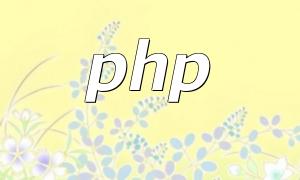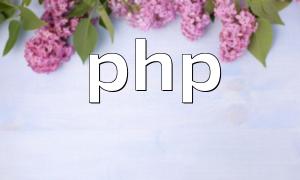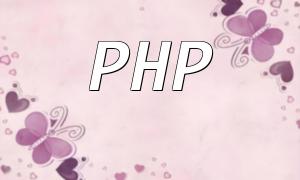In modern web development, nesting PHP within HTML has become a common method to create dynamic content. By embedding PHP code inside HTML structure, websites can generate real-time content based on user actions and backend data, greatly enhancing site interactivity and flexibility.
PHP code can be directly inserted within HTML tags to output dynamic content. The example below shows how to use PHP to generate a welcome message:
<?php echo "Welcome to my website!"; ?>
This approach delegates dynamic data output to PHP, while HTML manages the page structure, making the code logic clearer.
By combining conditional logic, PHP can render different page content based on various conditions. The example below dynamically shows different welcome messages depending on user login status:
<?php
$isLoggedIn = true; // Assume user is logged in
if ($isLoggedIn) {
echo "Welcome back!";
} else {
echo "Please log in to continue!";
}
?>Conditional statements enable the webpage to respond intelligently to user status, enhancing interactivity.
Good coding style helps improve maintainability and reduce errors. The following suggestions help write clear nested code:
Proper indentation and whitespace make the code structure easy to understand and maintain. For example:
<?php
if ($isLoggedIn) {
echo "Welcome back!";
} else {
echo "Please log in to continue!";
}
?>Positioning PHP code blocks close to related HTML elements improves overall readability. For instance, place logic handling user input just above the form.
Mastering PHP and HTML nesting techniques helps developers create efficient and dynamic web pages. By flexibly applying conditional checks, organizing code logically, and maintaining clean structure, you can optimize web performance and deliver better user experiences. We hope this guide and examples help you confidently use this valuable skill.









